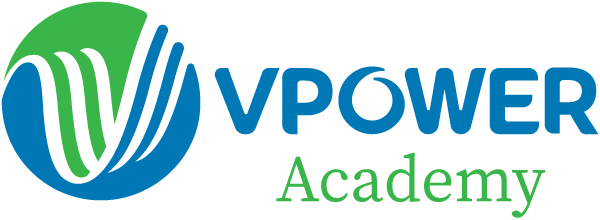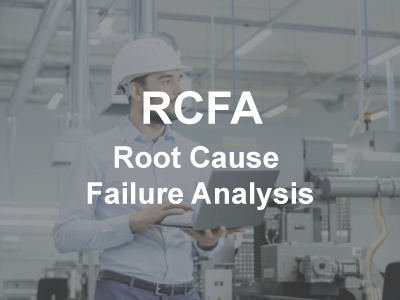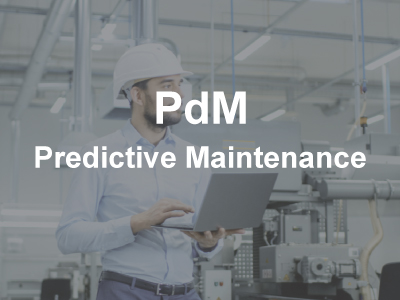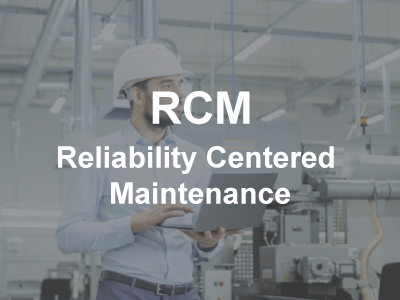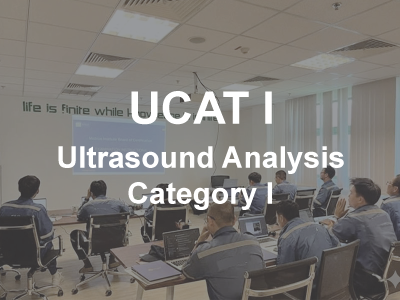Where are you on the journey to reliability improvement?
If you are new to the program, or you are interested in learning more so that you can begin a new program at your plant, then the Asset Reliability Practitioner [ARP-A] “Reliability Advocate” course is precisely what you need.
Improving the reliability of physical assets takes far more than just monitoring their condition, improving lubrication practices, and making some improvements to the maintenance department. To have a truly successful program you must understand how to add value to the organization and thus gain senior management support.
You must have the support of the entire organization, not just a small group of evangelistic condition monitoring and reliability experts. You must have a coordinated effort between maintenance, operations/ production, engineering, finance, and the reliability group – no more silos. And you must follow a strategy that will enable you to build the program, layer upon layer, to achieve milestones and build on success.
Yes, we could simply talk about the common reliability acronyms of RCM, PMO, RCA, and literally dozens of others, but knowing what they mean does not help you implement a successful program. The ARP-A Reliability Advocate program will provide a holistic view of how to improve reliability and plant performance. It will explain the implementation process and all the essential elements necessary to have a truly successful program.
This course is ideal for:
Production Managers, Maintenance Engineers, and Operations Supervisors
TPM, CI, QA/QC Professionals or Lean/6Sigma Facilitators
Anyone who wishes to support Reliability Transformation
Improve awareness of reliability thinking
Connect maintenance goals with business outcomes
Build a strong foundation for Condition Monitoring (CM), Root Cause Analysis (RCA), and Total Productive Maintenance (TPM) programs
TOPICS COVERED
Getting started
Introduction to implementation
Assessing the value
Selling senior management
Strategy
Plantwide engagement
Getting maintenance under control
Defect elimination
Understanding failure
Asset strategy
|
Work management
Spares management
Precision work
Proactive asset care
Condition monitoring
Continuous improvement
|
